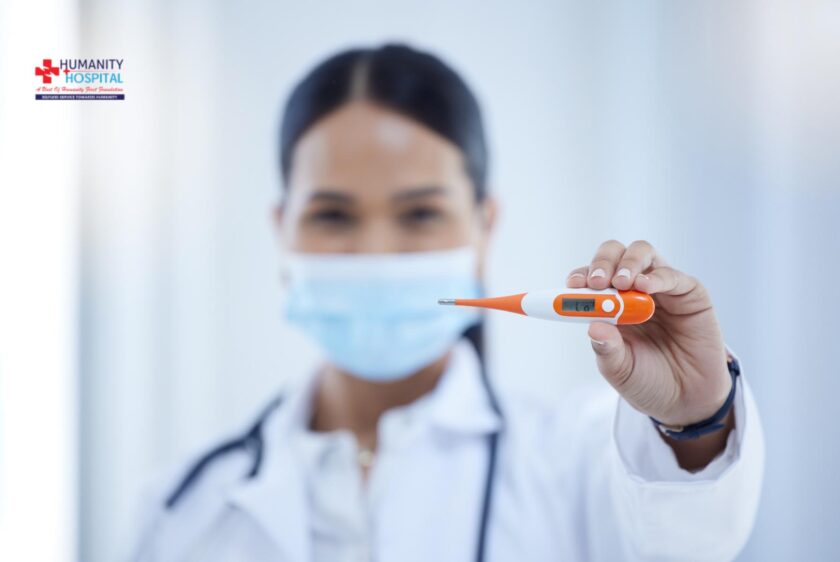Dengue fever and malaria are two of the most common mosquito-borne diseases that affect millions of people worldwide, particularly in tropical and subtropical regions. Despite their shared mode of transmission, these diseases are caused by different pathogens and exhibit distinct symptoms and treatment approaches. In this blog, we’ll explore the key differences and similarities between dengue fever and malaria, helping you better understand each disease and how to protect yourself.
1. Causes and Transmission
Dengue Fever: Dengue fever is caused by the dengue virus, which belongs to the Flavivirus genus. There are four distinct serotypes of the dengue virus (DENV-1, DENV-2, DENV-3, and DENV-4), and infection with one serotype does not provide immunity against the others. The primary vector for dengue transmission is the Aedes aegypti mosquito, which typically bites during the day, especially during early morning and late afternoon.
Malaria: Malaria is caused by Plasmodium parasites, with Plasmodium falciparum being the most deadly species. Other species include P. vivax, P. ovale, and P. malariae. Malaria is transmitted by the Anopheles mosquito, which usually bites during the night. Unlike dengue, which is viral, malaria is a parasitic infection that directly attacks red blood cells.
2. Symptoms and Clinical Presentation
Dengue Fever: The symptoms of dengue fever typically appear 4 to 10 days after being bitten by an infected mosquito. Common symptoms include high fever, severe headache, pain behind the eyes, joint and muscle pain, rash, and mild bleeding (such as nose or gum bleeding). In some cases, dengue can develop into severe dengue (also known as dengue hemorrhagic fever or dengue shock syndrome), which can be life-threatening.
Malaria: Malaria symptoms usually manifest 10 to 15 days after an infected mosquito bite. The disease is characterized by cyclic fever (often spiking every 48 to 72 hours), chills, sweating, headaches, nausea, vomiting, and muscle pain. In severe cases, malaria can lead to anemia, respiratory distress, and cerebral malaria, which affects the brain and can be fatal if not treated promptly.
3. Diagnosis
Dengue Fever: Dengue is diagnosed through laboratory tests that detect the presence of the dengue virus or antibodies in the blood. The most common tests include the NS1 antigen test, which can detect the virus in the early stages, and the IgM and IgG antibody tests, which indicate recent or past infection.
Malaria: Malaria diagnosis involves microscopic examination of blood smears to identify the presence of Plasmodium parasites. Rapid diagnostic tests (RDTs) are also used to detect malaria antigens in the blood. Accurate diagnosis is crucial for determining the appropriate treatment and preventing complications.
4. Treatment
Dengue Fever: There is no specific antiviral treatment for dengue fever. Management focuses on supportive care, including hydration, pain relief, and monitoring for any signs of severe dengue. In severe cases, hospitalization may be required to manage complications such as shock or organ failure. It’s important to avoid aspirin and non-steroidal anti-inflammatory drugs (NSAIDs), as they can increase the risk of bleeding.
Malaria: Malaria treatment depends on the species of Plasmodium and the severity of the infection. Antimalarial drugs, such as chloroquine, artemisinin-based combination therapies (ACTs), and quinine, are used to eliminate the parasite from the body. In severe cases, intravenous antimalarial drugs and supportive care may be necessary.
5. Prevention
Dengue Fever: Preventing dengue fever involves controlling mosquito populations and avoiding mosquito bites. This can be achieved by using insect repellents, wearing long-sleeved clothing, and eliminating standing water where mosquitoes breed. Additionally, some countries with high dengue incidence offer a dengue vaccine (Dengvaxia) to individuals living in endemic areas.
Malaria: Malaria prevention also focuses on reducing mosquito exposure. This includes sleeping under insecticide-treated bed nets, using repellents, and taking antimalarial prophylaxis when traveling to malaria-endemic regions. Efforts to control mosquito populations through spraying and environmental management are also essential in reducing malaria transmission.
6. Global Impact
Dengue Fever: Dengue fever affects an estimated 400 million people worldwide each year, with the majority of cases occurring in Asia, Latin America, and Africa. The disease places a significant burden on healthcare systems and economies in endemic regions, particularly during outbreaks.
Malaria: Malaria remains a leading cause of morbidity and mortality in many parts of the world, particularly in sub-Saharan Africa. According to the World Health Organization (WHO), there were approximately 229 million malaria cases and 409,000 malaria-related deaths in 2019. Children under five and pregnant women are especially vulnerable to the disease.
7. Conclusion
While dengue fever and malaria share the commonality of being mosquito-borne diseases, they differ significantly in their causes, symptoms, and treatment. Understanding these differences is crucial for effective prevention and management. Whether you’re living in or traveling to an area where these diseases are prevalent, taking proactive measures to protect yourself and seeking prompt medical attention if symptoms arise can make all the difference in staying healthy.
For more information on how to protect yourself from mosquito-borne diseases, visit Humanity Hospital, your trusted healthcare partner in Hyderabad.




